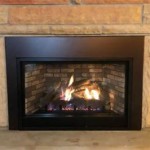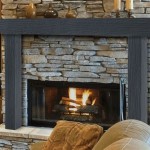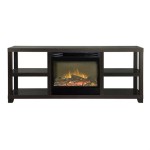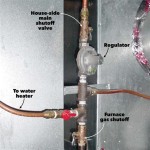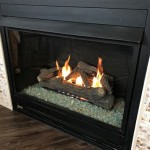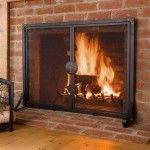Fireplace Refractory Panels: Enhancing Durability and Safety
A fireplace is a cherished feature in many homes, offering warmth, ambiance, and a focal point for gatherings. However, the intense heat generated by a fire can pose risks to the surrounding materials. To mitigate these risks and ensure the longevity of your fireplace, refractory panels are essential. These panels, crafted from heat-resistant materials, provide a protective barrier against the high temperatures that can damage walls, floors, and other surrounding structures.
Understanding Refractory Panels
Refractory panels are specifically designed to withstand high temperatures and resist thermal shock. They are typically made from materials like firebrick, castable refractory, or ceramic fiber. These materials possess excellent thermal insulation properties, preventing excessive heat transfer to the surrounding environment. This insulation not only protects the structure but also ensures the efficient operation of the fireplace.
The panels come in various shapes and sizes to accommodate different fireplace designs. Some common types include:
- Standard panels: These are rectangular panels that are easy to install and offer a basic level of protection.
- Corner panels: Designed to fit into the corners of the fireplace, providing protection for the adjacent walls.
- Arch panels: Curved panels that fit around the fireplace archway, enhancing the aesthetic appeal while providing heat resistance.
Beyond their protective function, refractory panels can also contribute to the visual appeal of the fireplace. Some panels come in different finishes, allowing homeowners to customize the look to match their existing décor.
Benefits of Using Refractory Panels
Installing refractory panels in your fireplace offers numerous advantages, including:
1. Enhanced Safety
The primary function of refractory panels is to protect your home from fire hazards. They act as a thermal barrier, preventing the heat from the fire from reaching the surrounding structures. This is particularly important in older homes where the fireplace may be built with less fire-resistant materials. By installing refractory panels, you can significantly reduce the risk of fires spreading to other areas of your home.
2. Increased Durability
Fireplace heat can cause damage to materials like wood, drywall, and paint. Refractory panels are designed to withstand these high temperatures, preventing the deterioration of surrounding materials. This prolongs the lifespan of your fireplace and ensures its continued functionality for years to come.
3. Improved Efficiency
Refractory panels act as insulation, minimizing heat loss from the firebox. This helps ensure that more heat is directed towards the room, improving the efficiency of your fireplace and reducing energy consumption. This can result in lower heating costs and a more comfortable environment.
Choosing the Right Refractory Panels
When selecting refractory panels for your fireplace, consider the following factors:
- Fireplace size and design: Choose panels that are the appropriate size and shape to fit your fireplace perfectly.
- Material: Consider the type of fuel you use in your fireplace. Firebrick is suitable for wood-burning fireplaces, while castable refractory can withstand the higher temperatures of gas fireplaces.
- Installation: Some panels are easier to install than others. If you are not comfortable with DIY projects, consider hiring a professional installer.
- Budget: Refractory panels come in a range of prices. Determine your budget and choose panels that meet your needs without breaking the bank.
By carefully considering these factors and choosing the right refractory panels, you can ensure that your fireplace provides warmth, ambiance, and safety for years to come.

Fireplace Refractory Panels Woodstoves Fireplaces

Hargrove Replacement Refractory Panel 23 5 H X 39 W 1 Thick Glass Fiber Reinforced Concrete

Universal Large Fireplace Replacement Stack Brick Refractory Panel

Hargrove 40 Inch Replacement Fireplace Refractory Panel Double Pack

Hargrove 28 Inch Replacement Fireplace Refractory Panel Single Pack

Bluegrass Living Slate Gray Ceramic 3 Piece Fiber Brick Panel For 450 Series Outdoor Fireplace Insert Flb450 Sg The Home Depot

Ihp Refractory Panel Kit B36 Models

Repair Your Fireplace Or Firebox Refractory Panel Replacement Parging

Fc Refractory Panel Replacement

Fireplace Heat Reflectors Chapel Hill Nc Burlington Fire Safe
Related Posts

